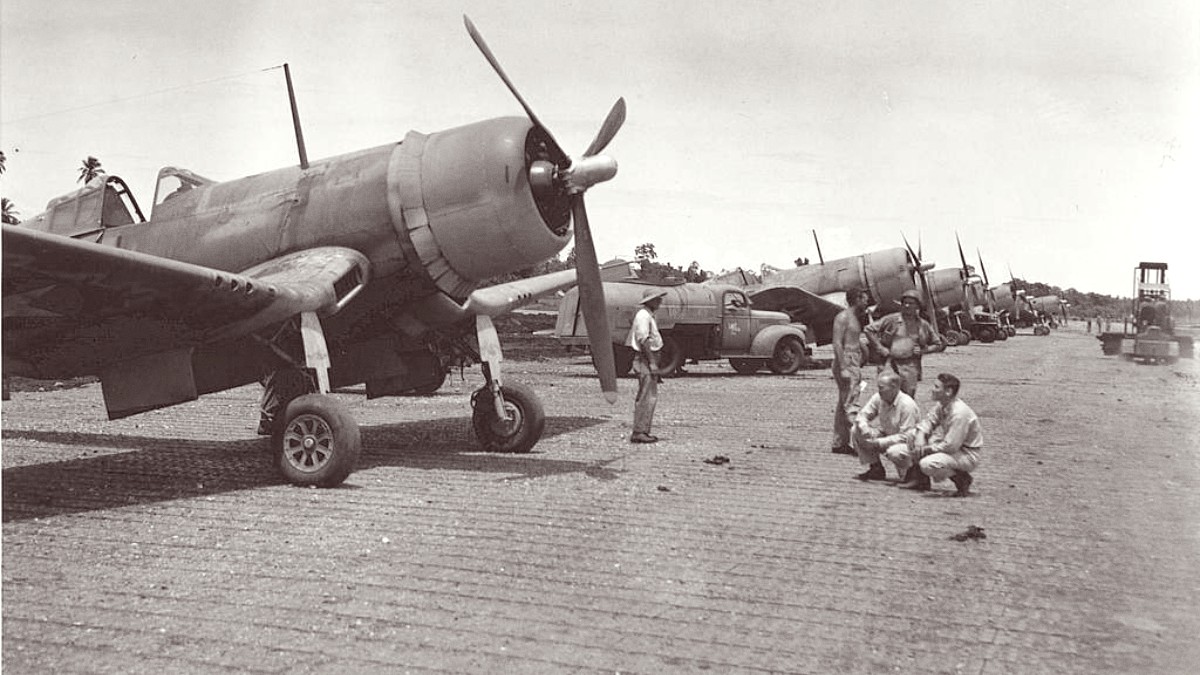
Solomon Islands
Honiara does not have a metro or tram system. The main public transportation consists of public buses and shared taxis. These systems are informal but efficient for local movement. Buses operate on fixed routes along the main Kukum Highway and into various neighborhoods. They have a conductor who collects fares.
Shared Taxis (Bus Taxis) are minivans or regular cars that operate on set routes. They pick up and drop off multiple passengers along the way. They display their route or destination in the window, often handwritten.
Buses and shared taxis operate mainly during daylight hours, generally from early morning until late evening (around 6-7 PM).
Frequency is high on main routes, especially during peak hours. You rarely wait long for a vehicle on Kukum Highway. Outside of Honiara, services are less frequent.
Public transport vehicles are not wheelchair accessible. This presents a challenge for travelers with mobility needs.
Yellow license plates, "Taxi" sign. Hailable on street or at stands.
Agree on fare BEFORE starting journey. Meters are rarely used.
No established international apps (Uber/Grab). Rely on licensed taxis.
Generally safe. Avoid unofficial/unmarked vehicles. Travel in groups at night.
Rental vehicles offer independence but come with challenges. Obtain an International Driving Permit (IDP) in addition to your national driver's license. Book in advance, especially for specific vehicle types. Inspect the vehicle thoroughly for existing damage before accepting it.
Walking is common along Kukum Highway, the main road in Honiara. However, pavements are often uneven or non-existent. You must be vigilant for traffic.
Guided walking tours are popular for World War II battlefields. These often cover significant walking over uneven terrain. Self-guided options are available.
Avoid walking alone at night in Honiara, especially in less populated or dimly lit areas. Certain informal settlements might pose safety concerns. Always prioritize your safety.
Some unique transportation methods enhance your travel. These modes mainly serve inter-island travel or access to remote coastal areas. Local guides are invaluable for arranging these options.
Typical range per ride within Honiara.
SBD 5-10
Approximate cost for a short private taxi trip within Honiara.
SBD 50-100
Approximate taxi fare from Honiara International Airport to city center.
SBD 100-150
Navigating Guadalcanal's local transport can feel like an adventure in itself. Embrace the informal nature, ask questions, and trust local insights.
The experience offers a window into the daily rhythms of island life, connecting you more deeply with your surroundings.